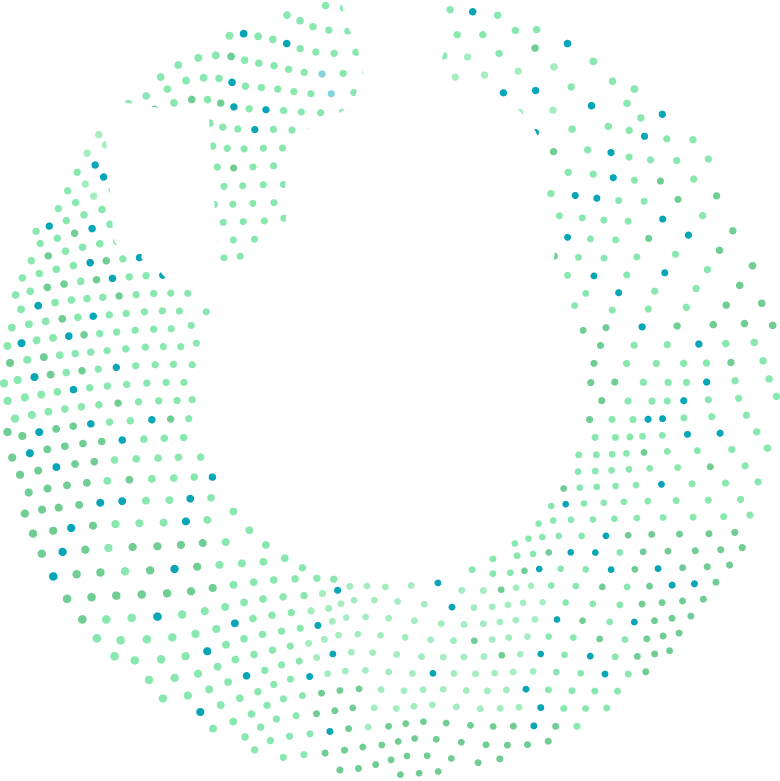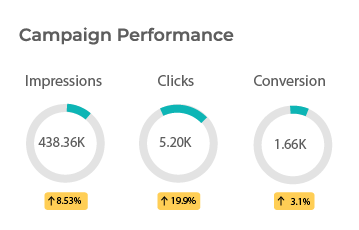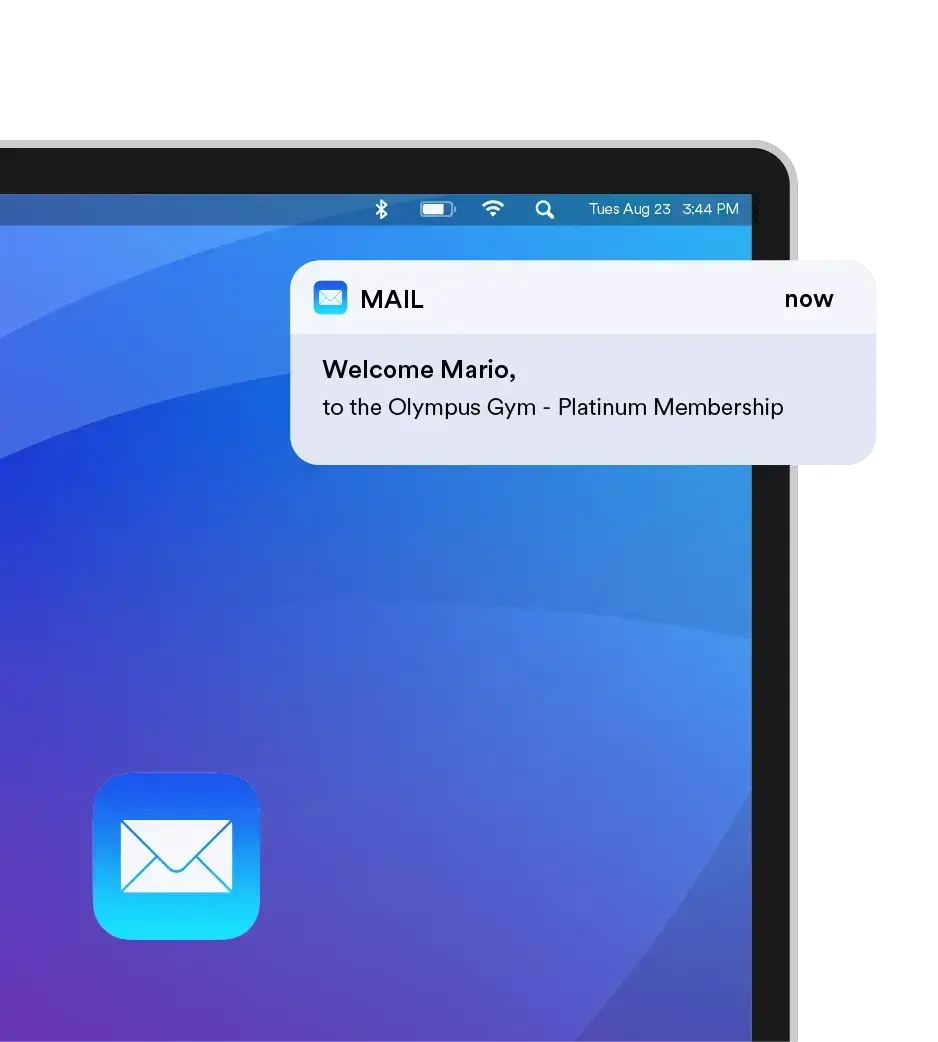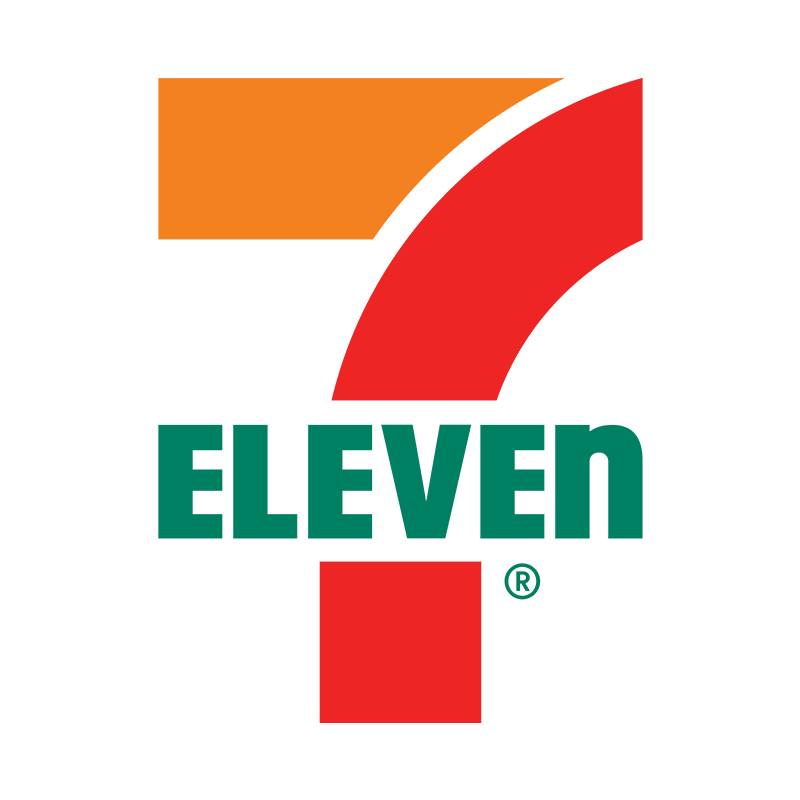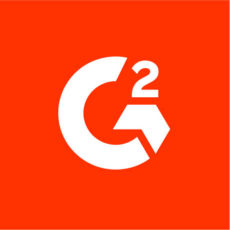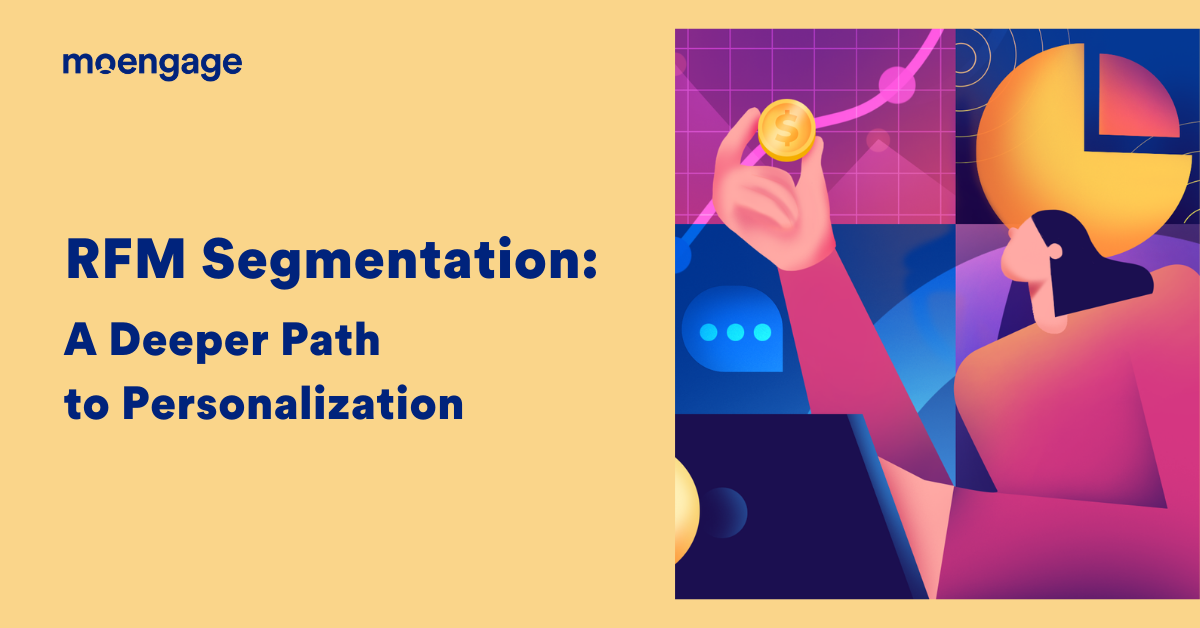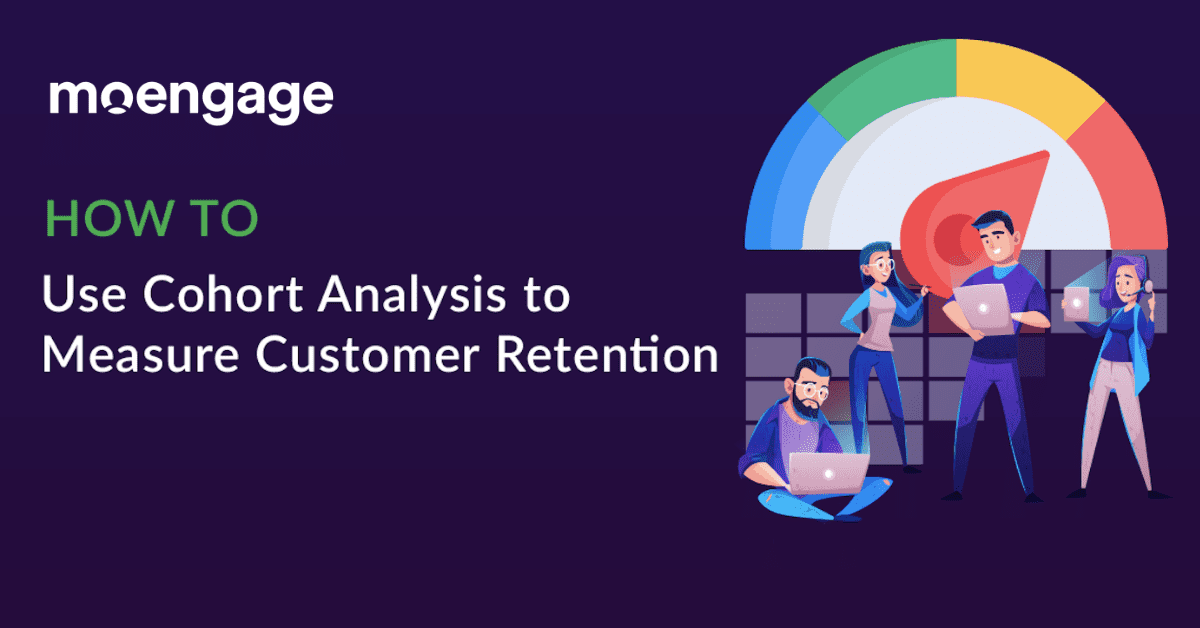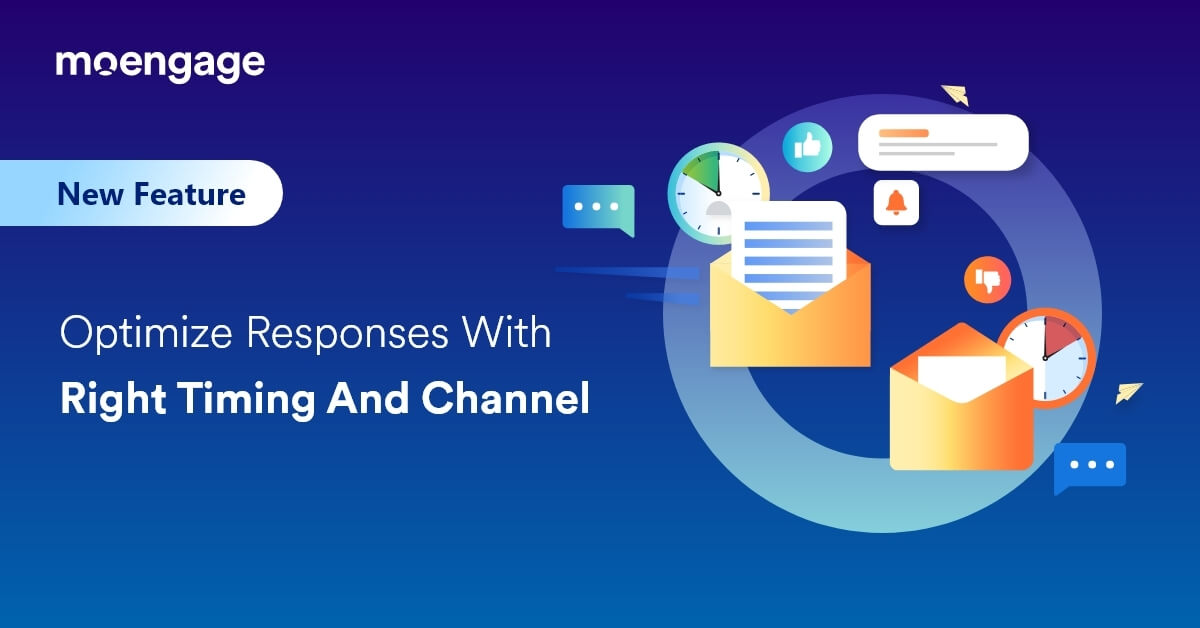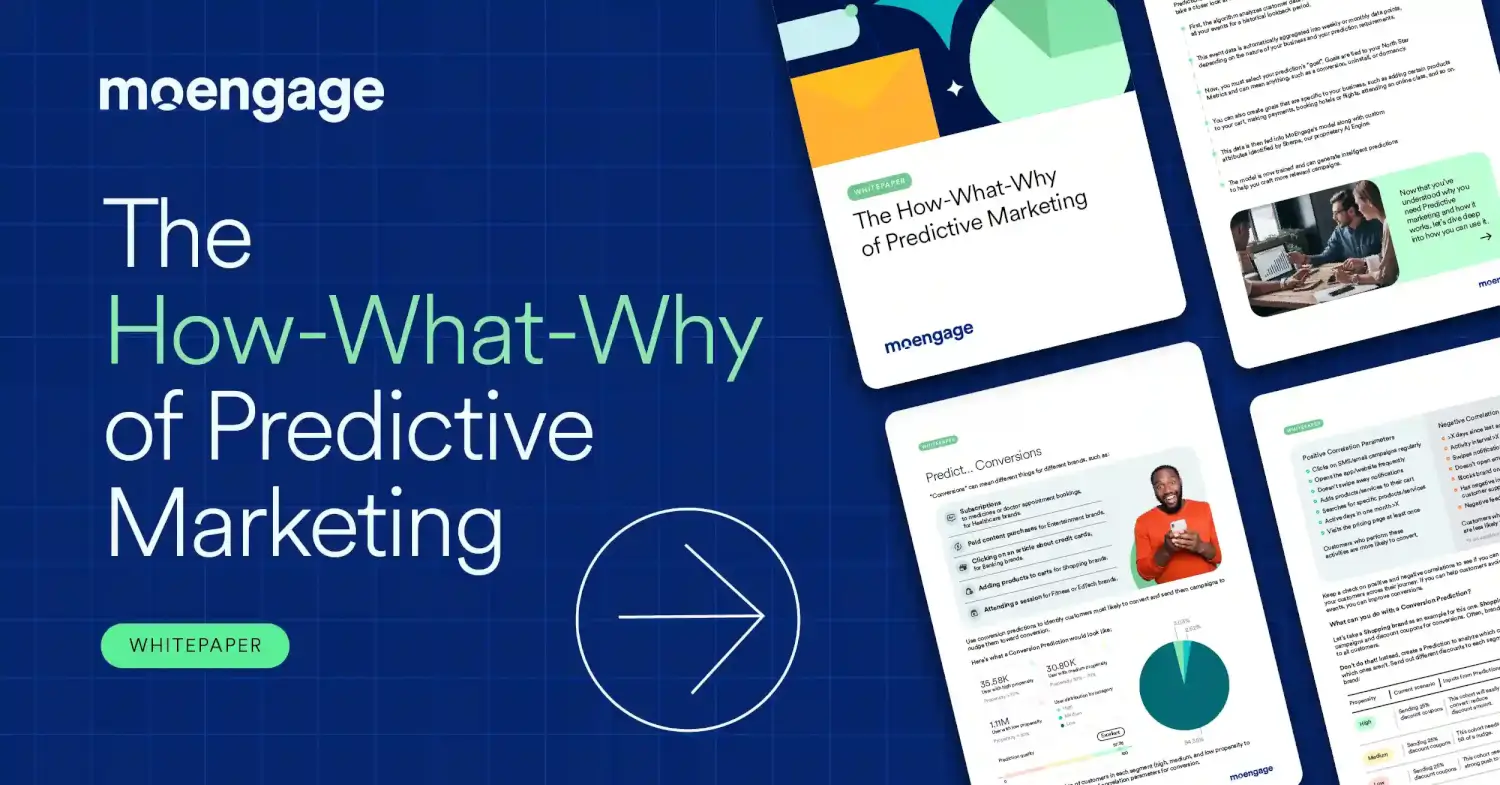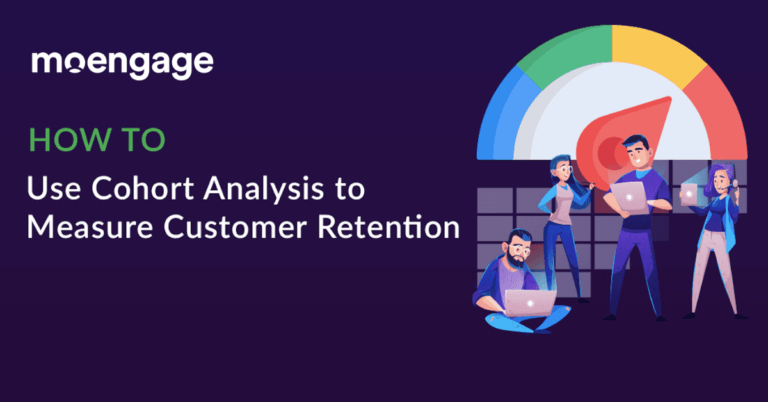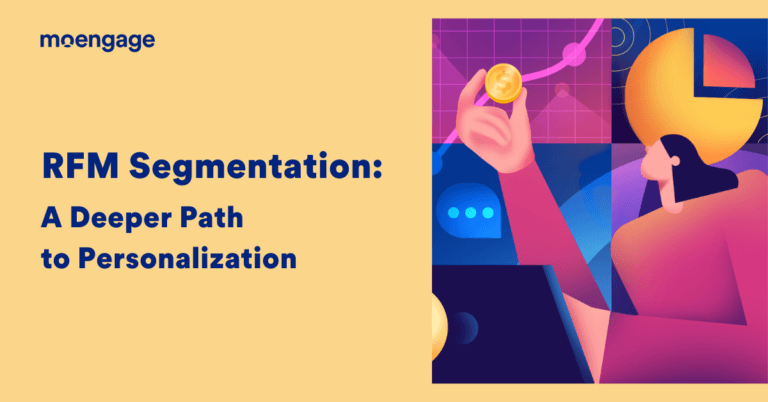Prevent churn and optimize customer LTV as you understand the reasons behind low engagement and uninstalls. Optimize your onboarding, product searchability, and the best time, frequency, or channel to engage each customer.
Our Leading Customer Engagement Platform – Empowering 1,200+ Top Brands



Get AI-driven Insights You Can Act On
Go beyond campaign and product analytics with AI-driven capabilities that enable you to tap into insights, such as channel and time preferences or lifestyle affinities. Let your results skyrocket as you optimize customer journeys and predict their future behaviors.
Understand the Story Behind Every Swipe, Tap, and Click
Compare, analyze, and track campaign performance with behavioral analytics. Learn how different customer segments interact with your app, website, and email to understand their collective personas to engage them better.
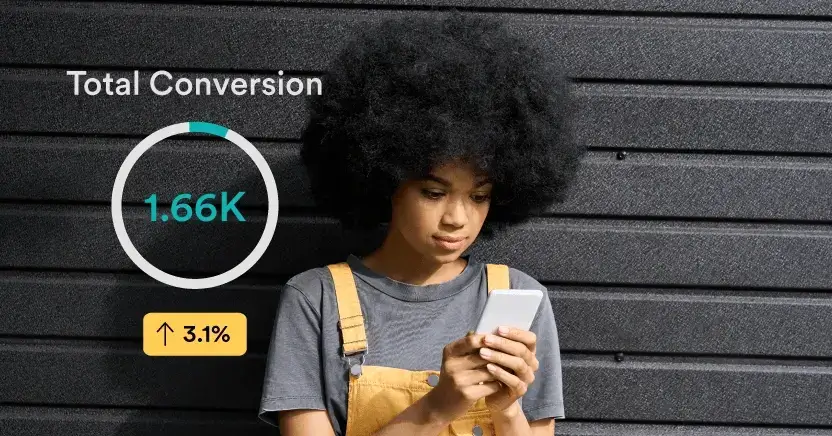
Calculate Key Metrics
Analyze at what point in your engagement strategy consumers interact with your brand, and identify ways of replicating that success across your broader audience segments.

Identify Champion Customers and Revenue Sources
Drive engagement and optimize the LTV of each customer. Create upsell and cross-sell opportunities as you get insights into key metrics such as CTR and open rates for each channel to identify ROAs and revenue streams.
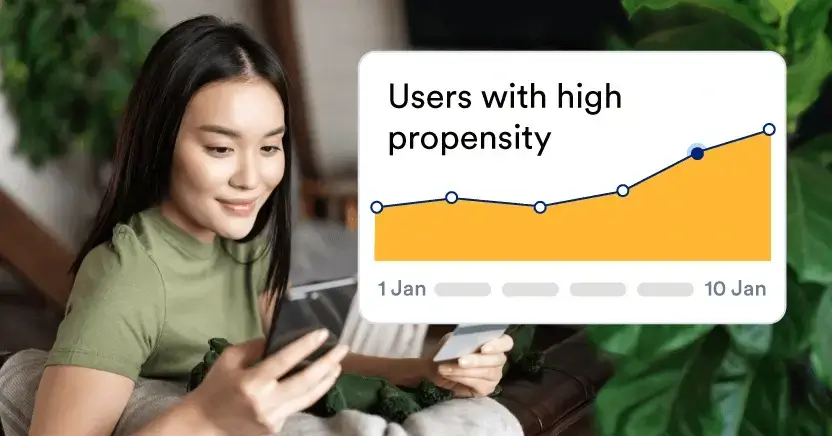
Understand How Your Retention and Engagement Change Over Time
Keep your engagement fresh and exciting no matter how your customers interact with your brand. Uncover trends in customer behavior and drive more engagement with predictive segments and RFM analysis.
Uncover Friction Points Throughout Your Customer Journeys
Visualize customer journeys through every stage and identify any drop-offs to re-engage them - all from one single dashboard.
Perfect the onboarding journey
Create immersive onboarding experiences for each customer. Identify the critical steps and eliminate friction in your onboarding process to drive completion rates and product adoption with personalized real-time messages.
Optimize engagement experiences
Use insights into your user behaviors to create seamless customer journeys across channels. Use predictive insights to discover and eliminate friction points to optimize your adoption, subscriptions, and conversions.
Continue to grow
Drive engagement and create up-sell and cross-sell opportunities with relevant product recommendations and personalized reminders. Maximize your CLTV with rewards and promotions for loyal fans, and reduce churn by re-engaging dormant customers with offers they can't miss.
Create a Unified Customer Profile In a Single Dashboard
Bring together all your data from online and offline channels to create a 360° view of your customer. Get your insights into traffic sources, POS data, and campaign trends in one dashboard. Empower your teams to create successful campaigns that drive more results and optimize CLTV.
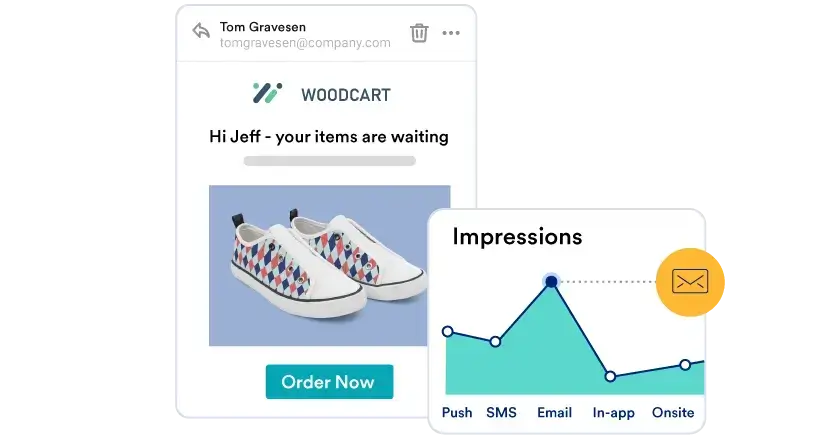
Focus Your Resources on High-Performing Campaigns
Dig into high-performing campaigns to optimize your strategy and drive results. Combine online and offline data to get insights into acquisition sources, session details, or store purchase history in a holistic customer view on one platform.
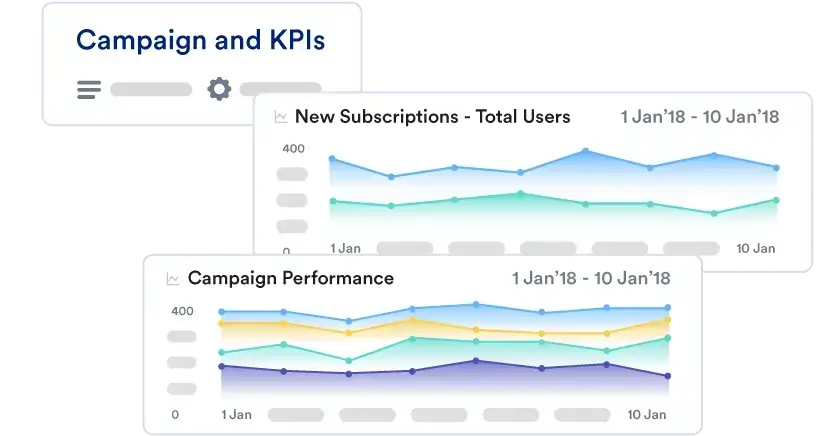
Access Insightful Real-Time Campaign Reports
Download custom reports and leverage insights to create campaigns that drive better results. Discover underperforming campaigns and optimize them for better conversion.
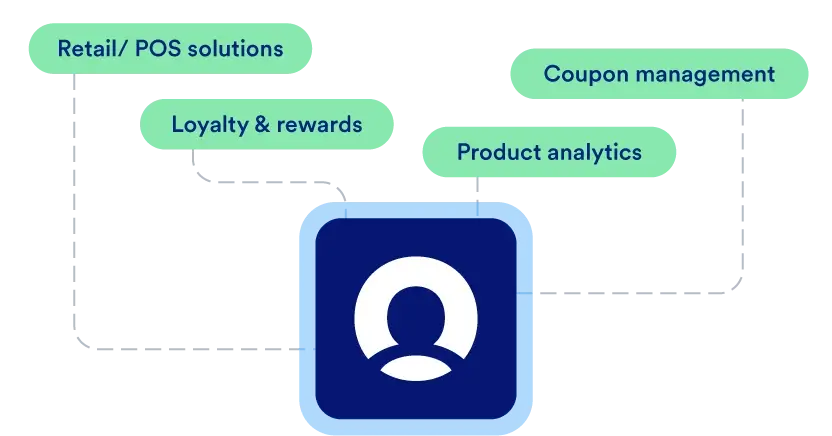
Gain Limitless Insights from Your Data
Connect your business intelligence (BI) tools of choice with MoEngage and add visualization to your customer behavior data analysis.
Learn the Impact of Gathering Customer Insights That Matter
Get actionable insights from MoEngage® that make a direct impact on your North Star Growth metrics

With MoEngage’s insights-led engagement platform, we created a seamless digitalized Customer Engagement where we were engaging our customers using personalized push notifications, in-app messages, and emails.

MoEngage helped us bring in automation for some very crucial activities while allowing us to map customer behavior across our app. After utilizing Analytics, it has become easier to understand our customers— their interests and intentions. We are able to implement data-backed campaigns.
MoEngage Lets You...
- Build unified reporting, analyze customer behavior, and act on it instantly
- Create personalized and engaging customer experiences
- Predict and prevent customer churn
- Improve Customer Engagement and drive LTV
Frequently Asked Questions
Why are behavioral analytics important?
Behavioral analytics help you map customer preferences and send personalized communications. This data can be used to drive customers to purchase relevant products, consume content they’ll like, or sign up for loan offers.
How do you analyze behavioral data?
Behavioral data can be analyzed by looking at cohorts to determine retention trends, funnel visualizations to understand drop-off moments, and user paths to understand ‘aha’ moments.
Why do you need customer insights software?
Customer insights software will help you understand your customers’ likes, dislikes, interests, and preferences. You can use this technology to learn how customers are interacting with your product and marketing communications while leveraging AI-powered customer insights to drive action on future campaigns.
What’s New at MoEngage?
Here are some actionable resources that we've curated for you
